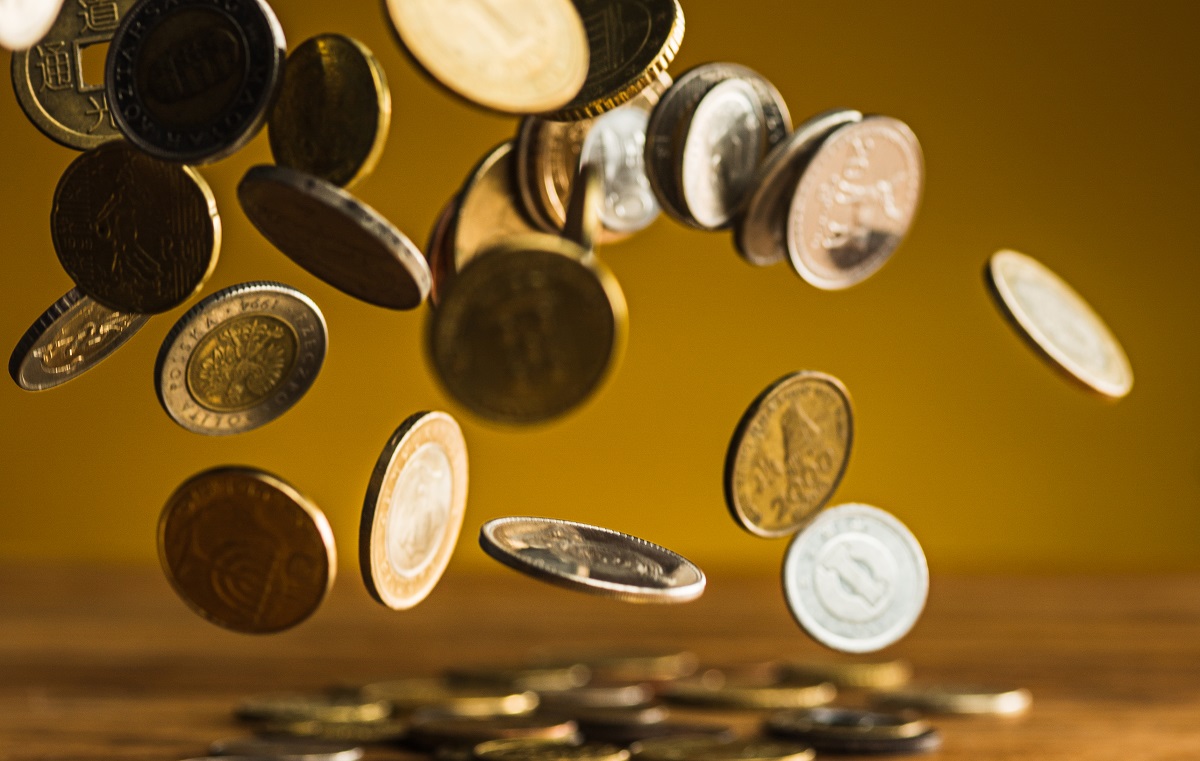Exploration de la Signification Historique et Numismatique : Un Guide des Pièces d’Or Iconiques Partie 2
Les pièces d’or sont très attrayantes pour les personnes intéressées par la collection de pièces car elles ont beaucoup de significations historiques et culturelles. Dans la deuxième partie de notre examen des célèbres pièces d’or, nous approfondissons les histoires derrière ces trésors, révélant leurs contextes historiques et leur signification numismatique. Chaque pièce a une histoire … Lire la suite

